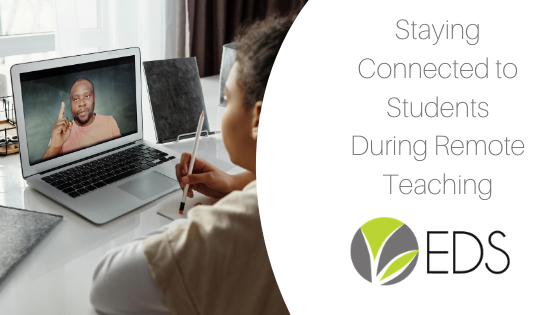September: when weather starts to cool down, foliage may begin to change, and of course, school is back in session. The COVID-19 pandemic is still affecting this current school year, so students and teachers alike are adjusting to further changes. To honor the hard work teachers do everyday, we are continuing our ongoing series where we spotlight teachers.
Kelly Huber is a first grade learning-support teacher at the Punxsutawney Area School District in Punxsutawney, Pa. She gives her students instructions on how to perform better in school and helps give them modifications to achieve these performance increases.
Her passion for teaching comes from her love for children and helping them achieve their “Aha!” moment. She finds it important to be real around students because they are smart, and they know when you are “putting on a show.” She tries to establish a good relationship with her students in case a kid is acting up in her class. Kelly often sees that their acting up is out of frustration, so she is determined to see if something is going on so she can understand their problems.
Kelly lives by example for her students; she tries to be respectful, a good listener, and polite to encourage her students to follow suit. If there is a conflict between her students, she sits them down to learn both perspectives in the situation.
Like many teachers, Kelly encourages her students to help others. She rewards students who have a good explanation to help their fellow students understand a topic. She tells the other students to congratulate them and give them a round of applause. When she sees a student helping another, she tells them good job. They also have a “token economy,” where students are rewarded with tickets as prizes for committing good deeds.
When the pandemic struck hard in March, she was doing instruction in the classroom but had to quickly adjust to reaching out to her students from her home. For this fall school year, she is still unsure what will happen but knows everyone will do what they need to reach out to the students.
Google Classroom was the biggest classroom used in their school districts, where they sent instructional videos and had assignments based on them. They used phone calls and Google and Zoom meetings for spelling lessons.
“Everyday is going to be different. There will be good days and bad days, but that doesn’t indicate you as a teacher. As long as the children are learning something and feel proud of themselves and cared for, that’s what matters,” she said.
If you know a teacher you’d like us to feature, feel free to reach out to us on our Facebook page!








